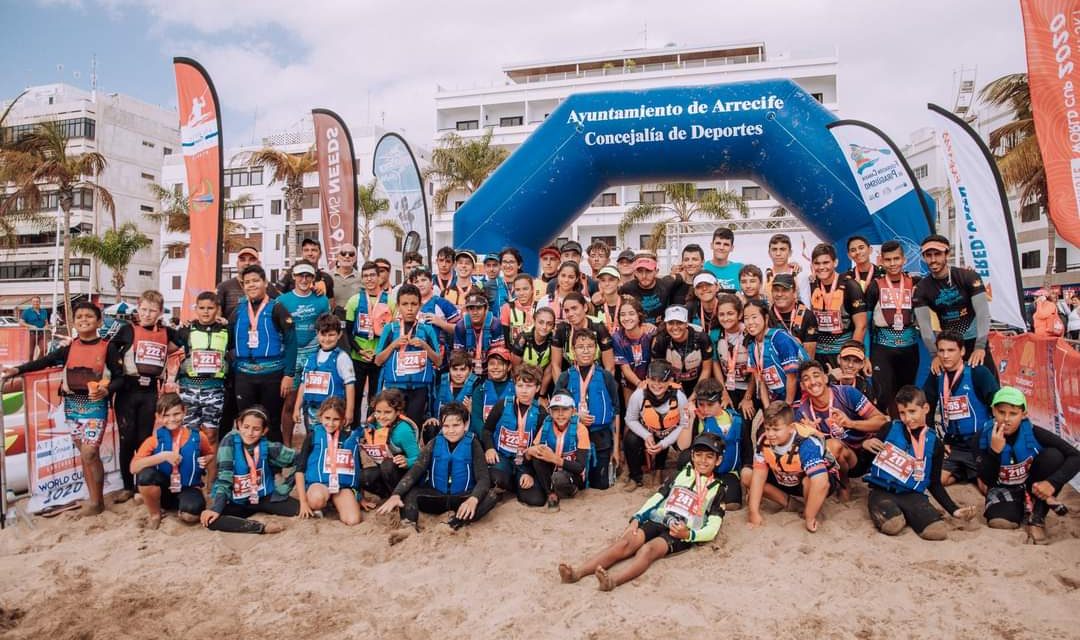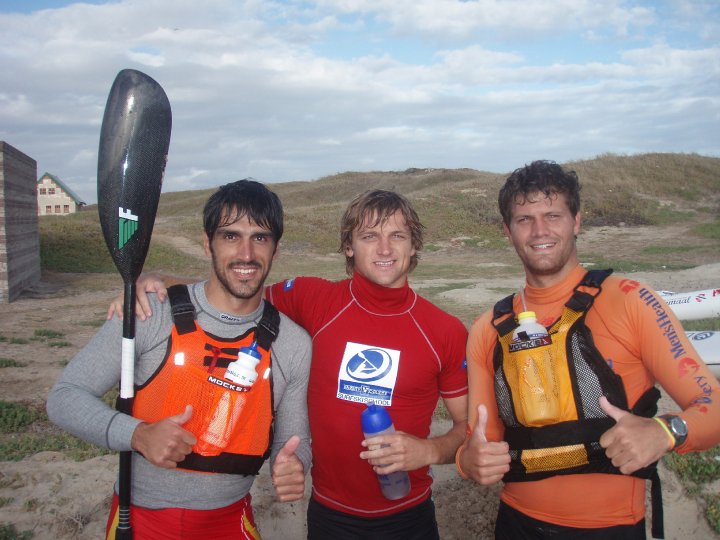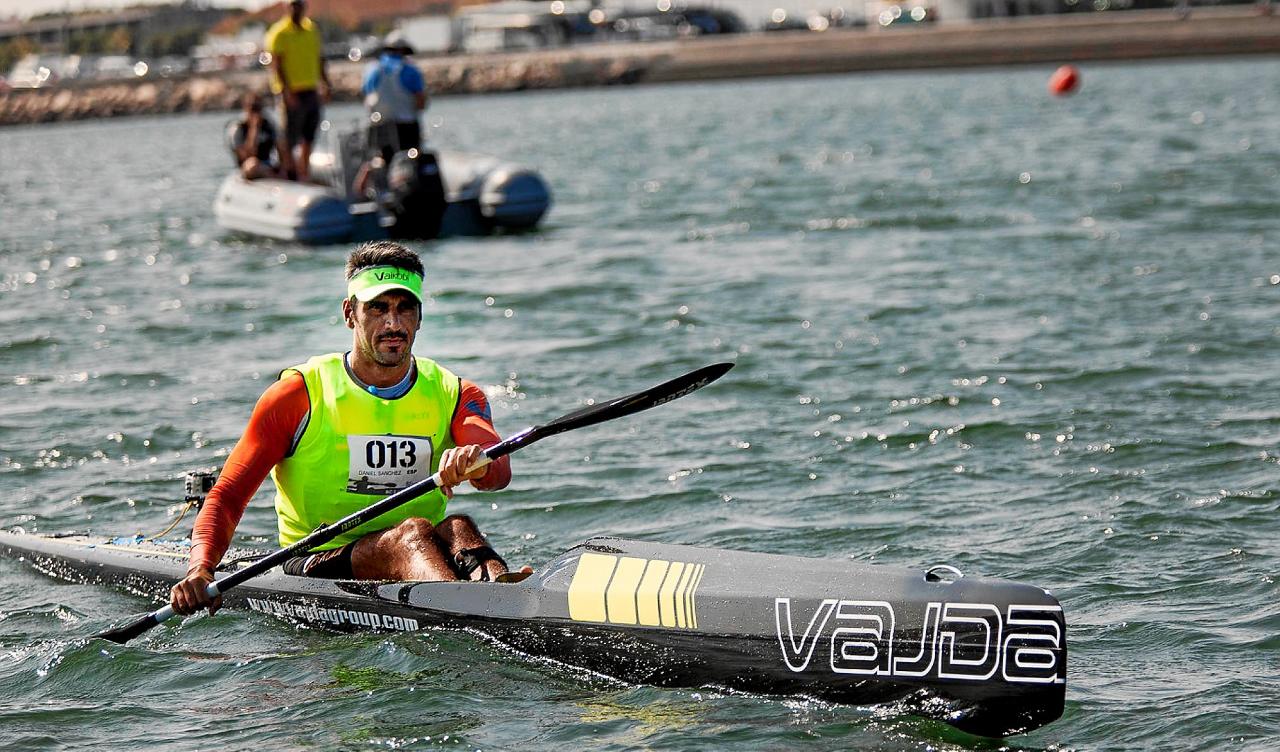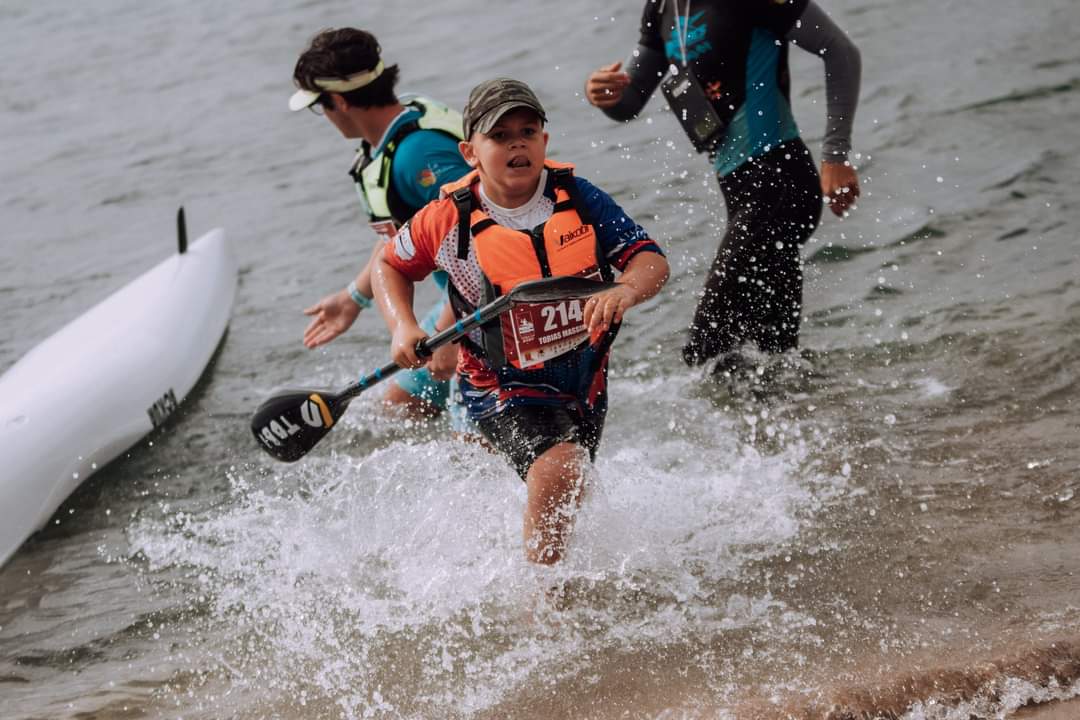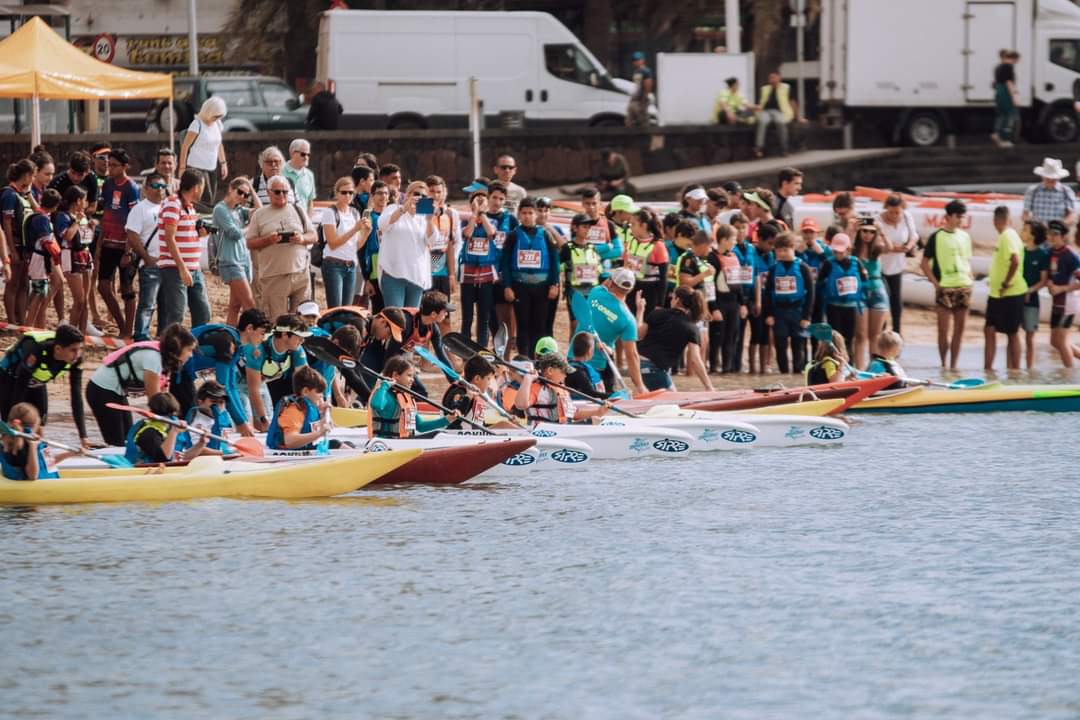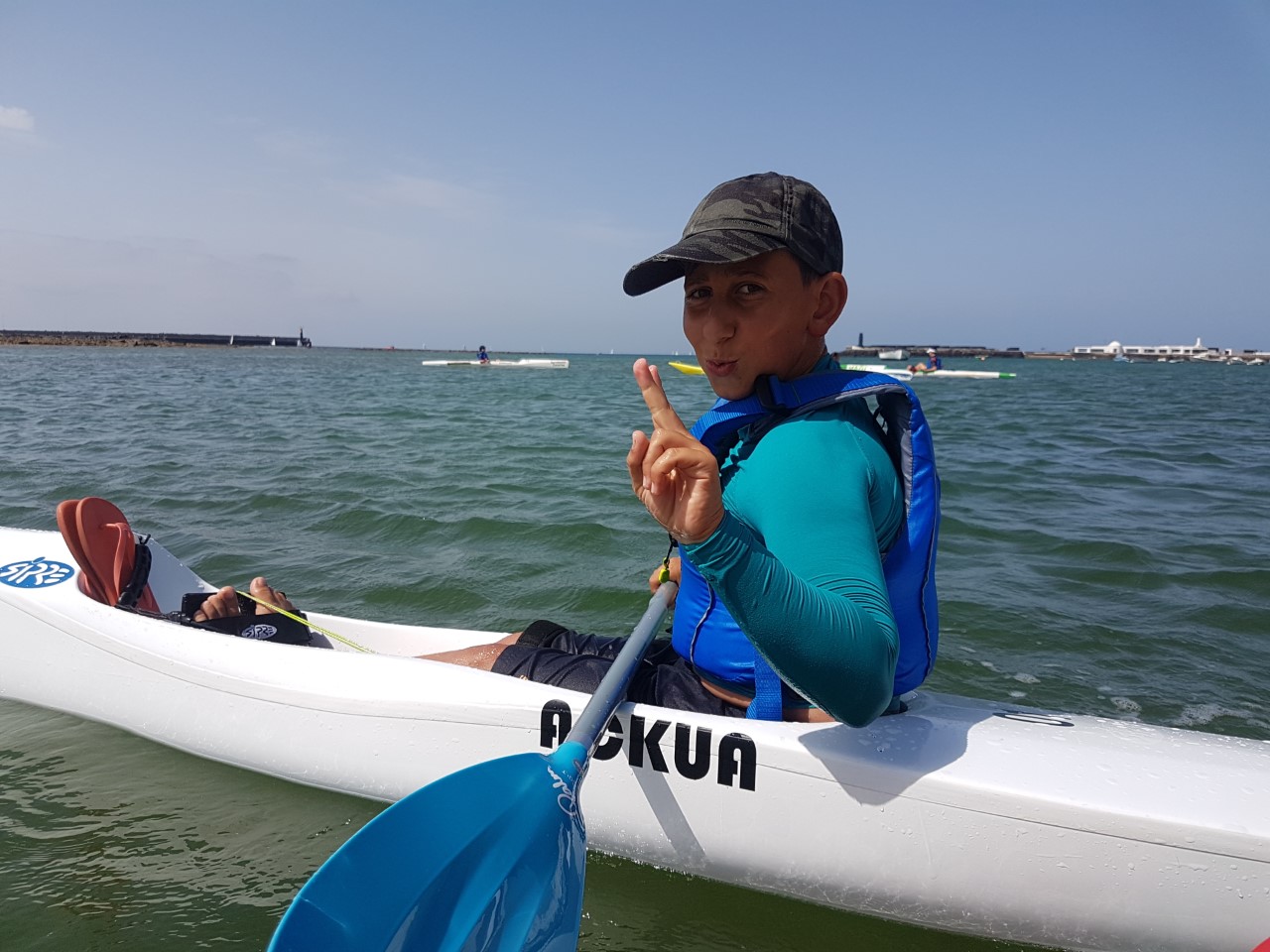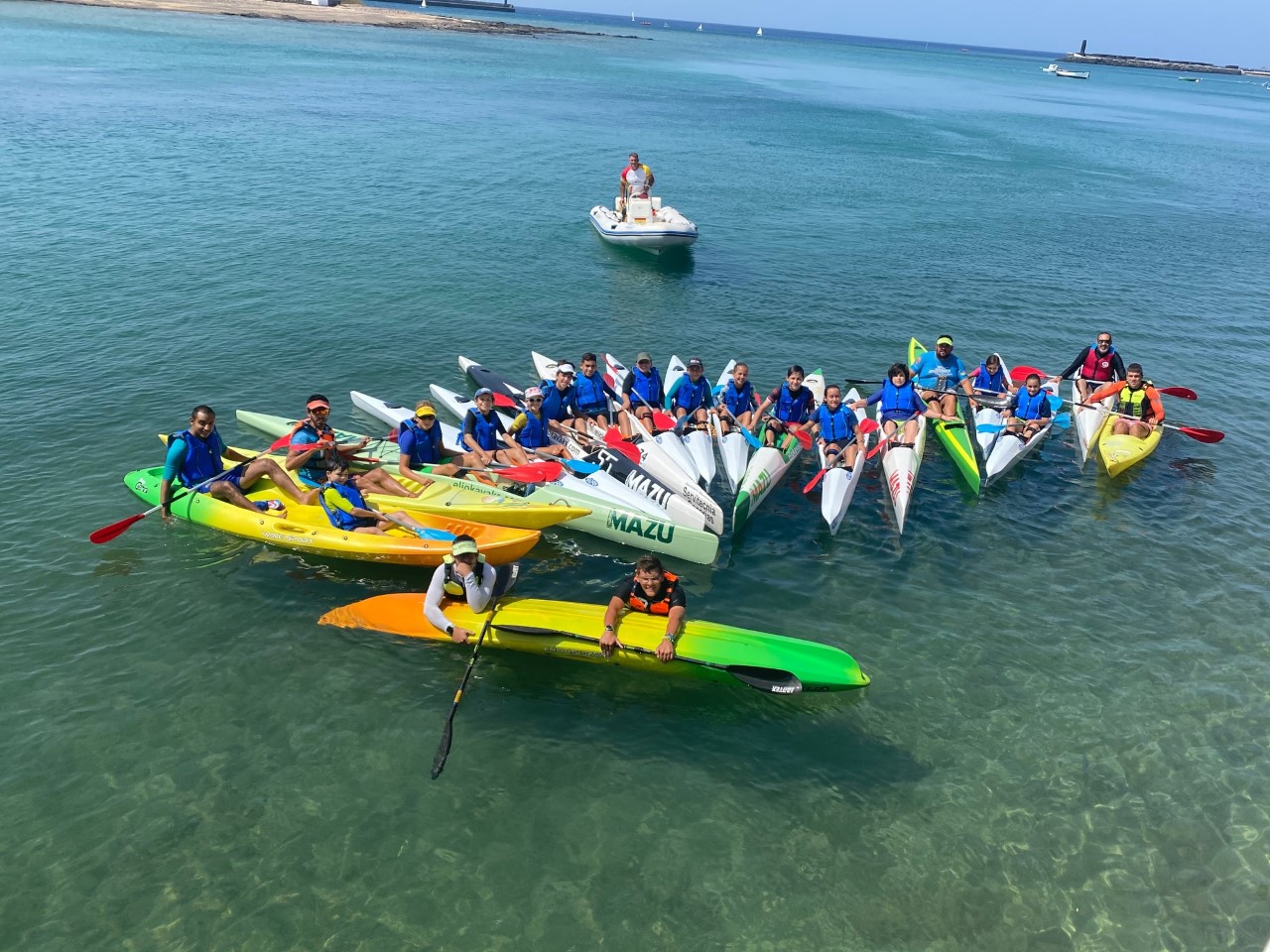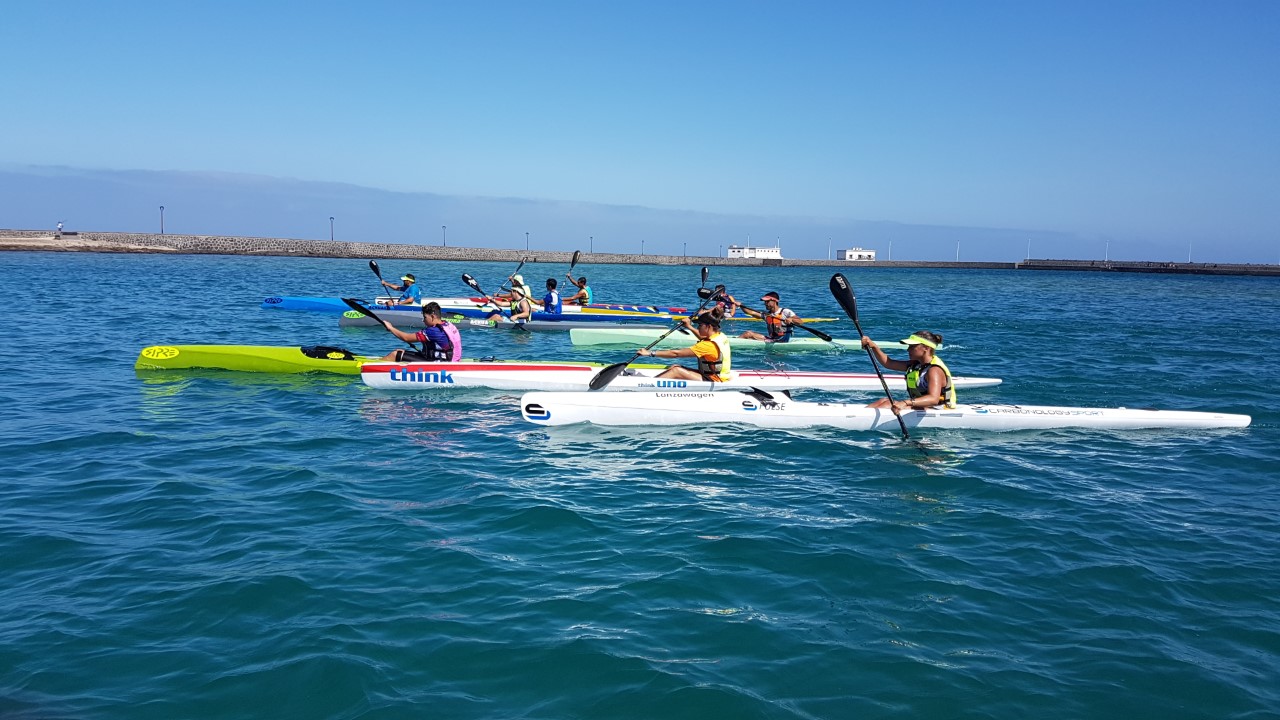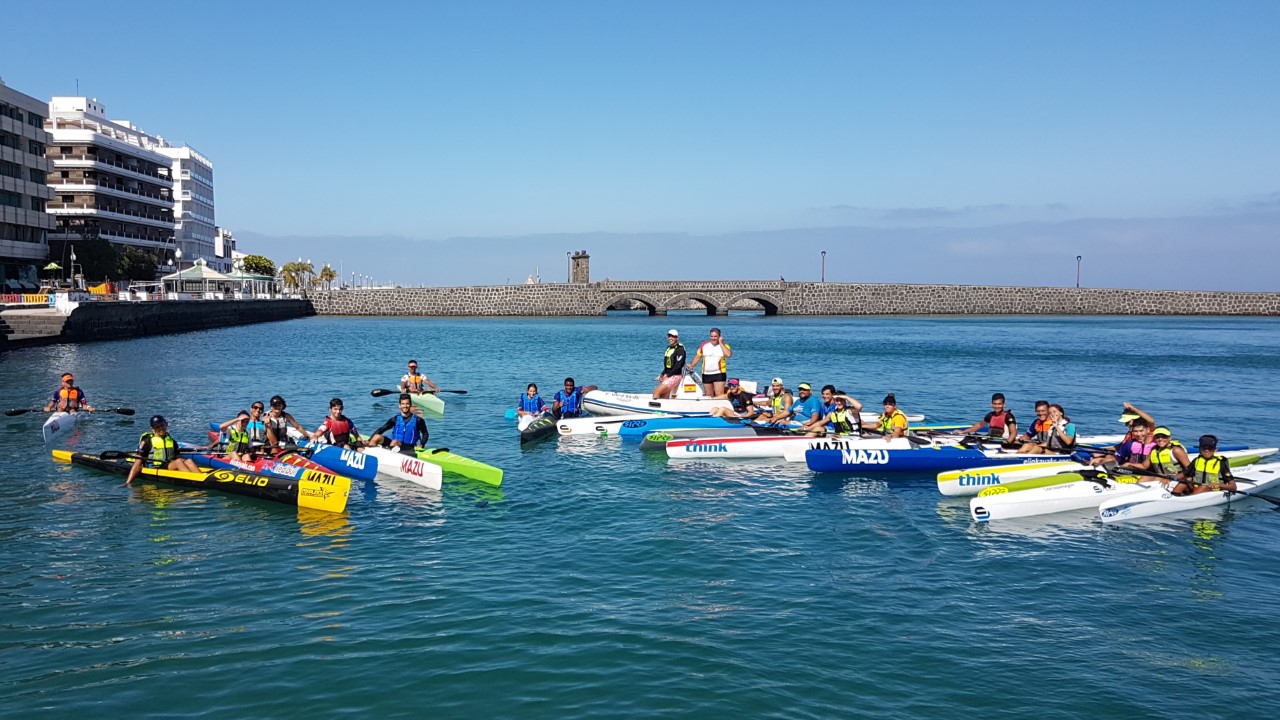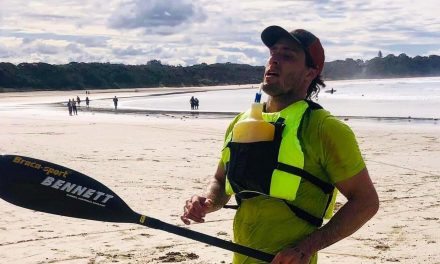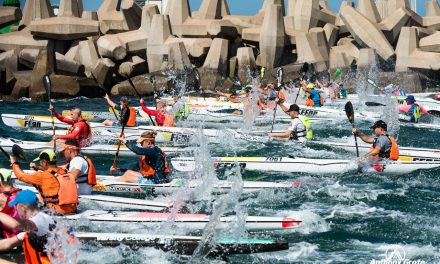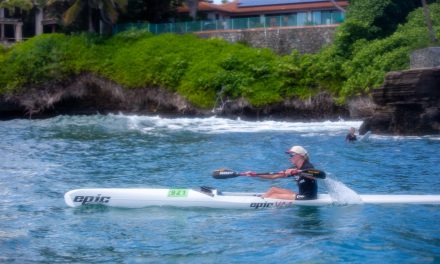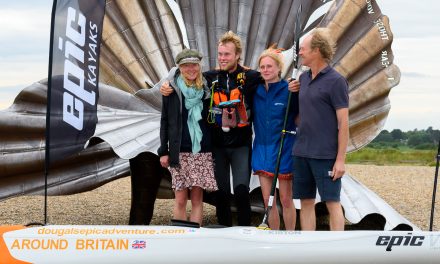SURFSKI SPOTLIGHT: THE CANARY ISLANDS
Like most kids, Ignacio Soler Fabre grew up glued to his computer screen.
However – unlike most kids – it wasn’t video games that chewed up his time.
Or blockbuster movies. Or TV shows.
Instead, it was all about paddling.
From his home on Gran Canaria, one of Spain’s seven Canary Islands situated just off the coast of Morocco, ‘Nacho’ as he’s known, developed a near-encyclopaedic knowledge of all things sprint kayaking, marathon and even surf lifesaving.
Although there was one discipline that stoked his imagination more than any other.
“I remember I saw a video of the US Surfski Championships and the Golden Gate Bridge,” he recalls. “I think it was 2010.”
“There’s a part in that video where David Mocke, Jeremy Cotter and Shannon Eckstein go past Fort Baker and they have a beautiful downwind section all the way to the finish.
“There was a battle between these three guys, dicing it out and changing positions the whole way to the line.
“It truly is a beautiful section of video that taught me a lot and inspired me to paddle downwind.”
Nacho’s adoration for surfski is symbolic of the way it’s been adopted by the Canary Islands’ widespread paddling community.
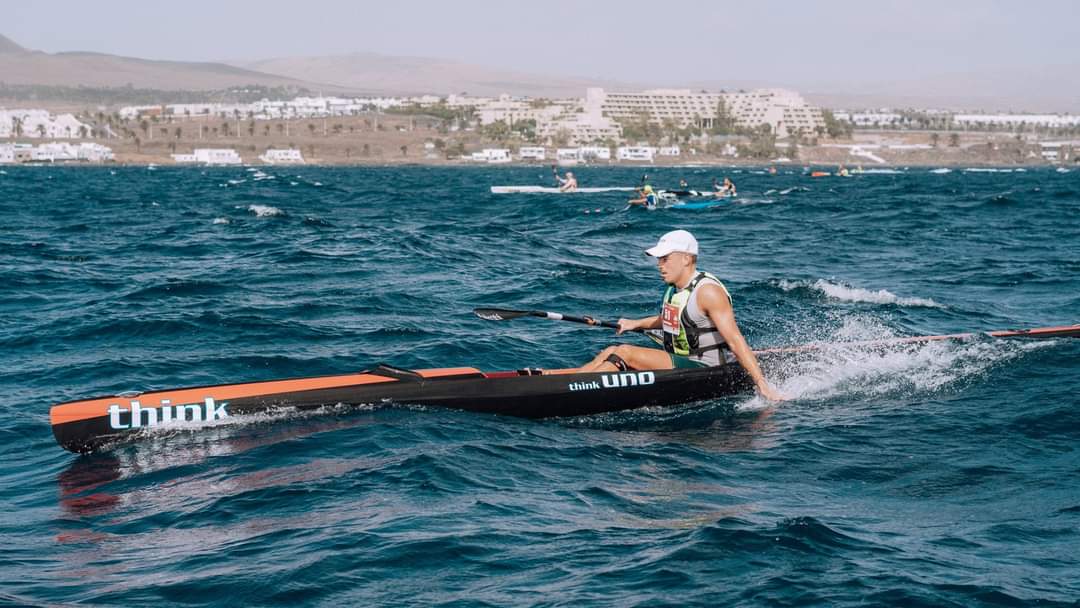
Ignacio Soler Fabre has earned the nickname “Big Wave Nacho” by his fellow competitors for his downwind surf skills.
Boats began arriving on its far-flung shores around 2010, having appeared on mainland Spain a few years earlier.
Kayaking has a long history within the nation’s sporting landscape – in both sprint and marathon, as well as out in the open ocean. Sea kayaking is a popular pastime.
Unsurprisingly then, it didn’t take downwind paddling long to begin creeping into popularity.
Among the pioneers was Daniel Sanchez Viloria. Having grown up in Asturias, home to the iconic Sella Descent marathon, Viloria was already an experienced and accomplished paddler.
Only by what he labels as a “pure coincidence” he stumbled across this emerging discipline – and he never looked back.
“Because of work I ended up in Ibiza where most races were held in sea kayaks,” Viloria says.
“Back then I witnessed the arrival of the first surfskis and decided to give them a go.
“These boats just flew over water. But while I was doing countless strokes, I could barely catch any runs.
“Soon I got a fibreglass ski and went from being within the chase group to winning races – both on a local and national level.
“I started listening to the ocean instead of fighting against it and that led me to progress significantly.”
His improvement was exponential. Before long, Viloria had graduated to a carbon ski and even earned himself a golden ticket, a trip to one of the sport’s greatest breeding grounds – Fish Hoek in Cape Town, South Africa.
There, he learnt from the legendary David Mocke – invaluable knowledge which, on his return, began spreading throughout the Spanish surfski community.
While it took a few years for this new wave of paddling to reach the Canary Islands, when it did, its impact was immediate.
“Once those first boats came in, there was a huge boom,” Nacho recalls.
“Before we used to do a lot of sea kayaking… but it was obvious that the conditions we have in the Canary Islands – the trade winds that blow all year – make fantastic conditions for surfski paddling.
“One of the things that really attracted me was that it was not only the first guys in a race but also the guys in the middle and back that all enjoyed a day out on the ocean.
“In sprint kayaking, if you’re not the fast guy it’s rare you can enjoy it – if you’re not fit, you’re not fast, you’re not powerful… you just race for four minutes then it’s all over.
“In surfski, you have an hour or an hour and a half to really enjoy the ocean and enjoy just being out there.”
This experience was shared among the islands’ paddlers and helped to cause an explosion in participation numbers.
Not just recreationally – soon they were hosting a calibre of international events that attracted the sport’s elite.
The idols that Nacho used to watch online were soon sitting next to him on the start line.
Sean Rice, Jasper Mocke, Michele Eray and Richard Von Wilderman all made the trip in those early years.
“I just really loved the atmosphere,” Nacho says.
“Normally when you go to a sprint regatta in Spain, the atmosphere is quite similar to a World Championships.
“Surfski is much more laid-back. The night before a race you can easily find yourself having beers with Sean Rice, Hank McGregor, Cory Hill – whatever paddler you want.
“That’s the beauty of our sport – a newbie can sit on a table with the World Champion and have a chat.
“You can have fun with your friends and the next day they’re going to try and bust your balls in the race!” he laughs.
Exposure to this standard of paddling had an obvious flow-on effect.
At the 2019 ICF World Championships – the fourth instalment held by kayaking’s international body – Spain’s national team comprised of 19 athletes.
10 of them were from the Canary Islands.
And they aren’t just making up the numbers either. Esteban Medina is a European Champion, while at the titles in France, Jorge Enriquez Gutierrez claimed a silver medal in the Under 18 division – the country’s first-ever podium finish in the premier divisions.
The medal ceremony for that race was one of the highlights of the championships. A huge and raucous Spanish contingent was on hand to celebrate the moment. The emotion was moving.
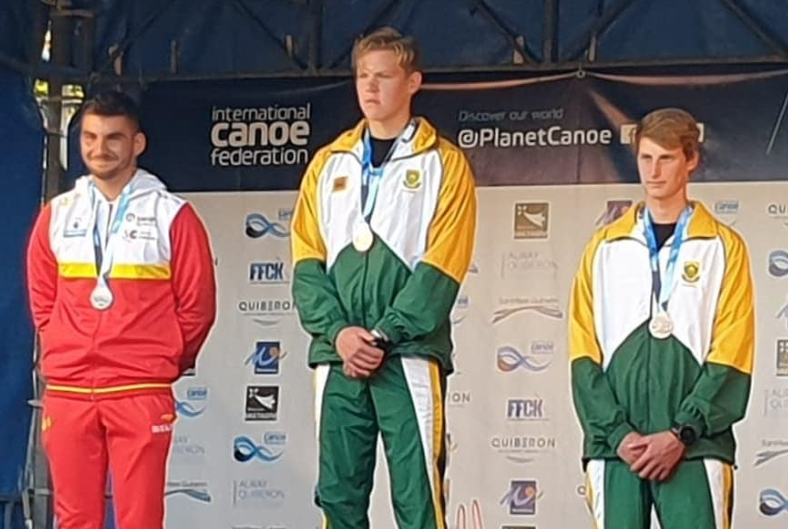
Jorge Enriquez Gutierrez’s silver medal received the loudest applause of the 2020 ICF World Championships.
It was a proud moment for Nacho, one of the sport’s most passionate advocates – but at a grassroots level, it’s seemingly usurped each day.
After studying sports science and coaching in the United Kingdom, he was lured back home by what he calls his “dream job” – surfski coach at Club Piragüismo Marlines, one of Lanzarote’s aquatic clubs.
“There are around 80 people that come every day to the club, but in the summer months, it’s closer to 120.
“When I started paddling – even in canoe sprint – it was very hard to make a living out of paddling or coaching.
“Now, I have a full-time job out of surfski – it gives you hope to see where our sport can take us in the future.”
It’s an astounding fact.
Club Piragüismo Marlines is one of nine aquatic clubs that run a dedicated surfski program, producing participant numbers that rival even the most enthusiastic regions of Australia or South Africa.
And in a sign of the sport’s trajectory, the demographic is young.
“On Monday, I had a girl who is seven years old telling me that her father is going to buy her a small surfski for her birthday.”
“Obviously she was joking because she doesn’t know how expensive a surfski is,” he laughs.
“But it’s great to see someone so young be so eager to become the future Hayley Nixon or the future Cory Hill.
“Ten years ago, we wouldn’t have thought of something like this happening anywhere across the world.”
“Surfski is growing and it is helping a lot of people to find an outlet to have fun and stay healthy.
“It’s pretty overwhelming.”
The crowning moment for the Canary Islands’ surfski community is still to come.
Well, hopefully.
Lanzarote has been awarded the hosting rights for the 2021 World Championships, an event which would mark a culmination of years of sustained development and investment in the sport.
Given the current COVID-19 pandemic and the cancellation of the 2020 event, there are obvious doubts over whether it will be able to go ahead.
But even if it doesn’t, the world has taken notice.
The Canary Islands have arrived.
“The Atlantic Surfski Race has been running for four years but from the very beginning this was our big goal – to host the World Championships,” Nacho says.
“It would mean quite a lot for the island itself and the club, but also for the country.
“It will help to put Spain on the surfski map, while on a local scale, it will attract so many new people to the sport.”
Surfski is surging across Europe and Spain is at its forefront.
“People are starting to understand the discipline and its needs.” Viloria says. “In both ability and safety.
“There is now a national squad that holds training camps and everything revolves around making the sport grow and ways to professionalise it.
“I see a bright future ahead and I believe having New Zealand and Australia hosting Worlds will be a great motivation for the young guns, as well as the not-so young guns.
“I think the sport will keep growing with the races we’re holding in singles, doubles and mixed doubles, which are all great fun too.
“That will help us to become stronger and better paddlers.”
The sky is the limit for Spanish paddling, and even more so, for paddling on the Canary Islands.
But no matter where it ends up – after years spent watching surfski videos on his computer, dreaming of something similar on his home waters – Nacho knows they’ve already made it.
“Watching people come and take their boats down to the water and do a training session – whether it’s hard intervals, an aerobic float or a downwind run – watching it every day sends a strong message of hope that the sport will keep growing,” he says.
“I think there’s a long way to go until this sport becomes professional, but I think it’s heading in the right direction.
“Not just here – but in Germany, there’s guys in Estonia, Finland, Russia, all kinds of places.
“Before it was just Australia, South Africa and a few European countries, but now you can go anywhere on the planet and find a surfski.
“It’s just so inspiring to see it all around the globe.”

